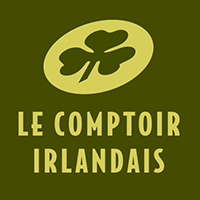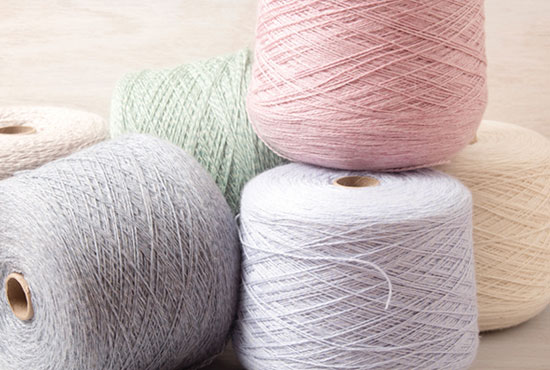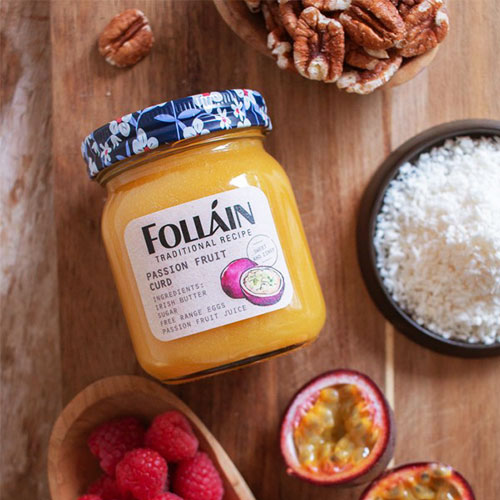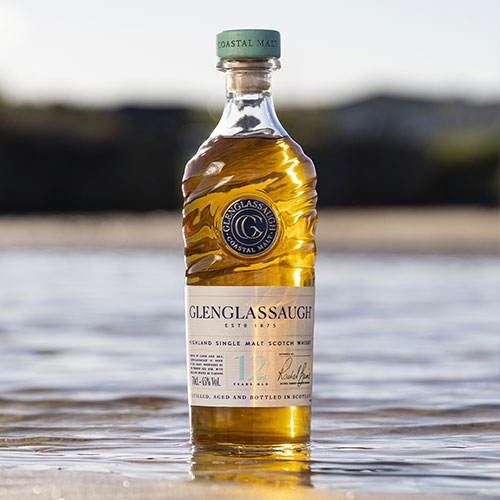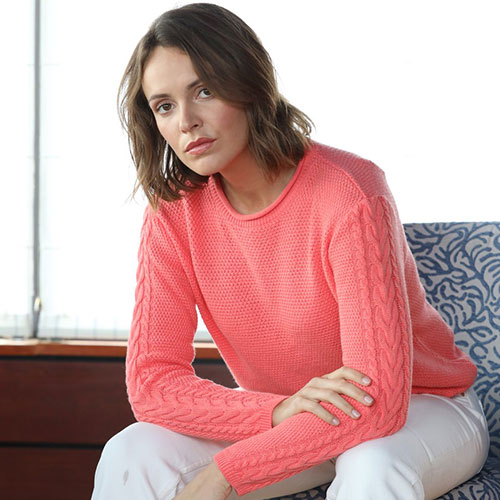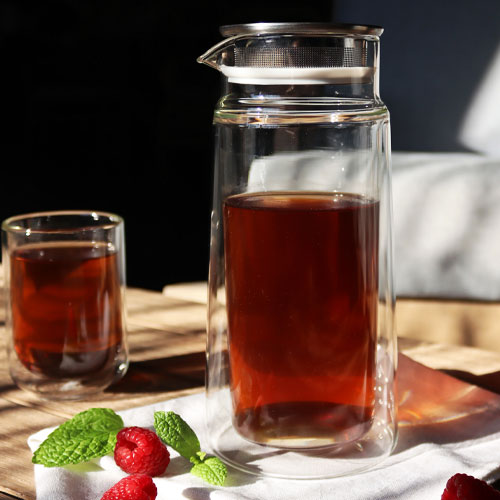WOOL

WOOL ORIGINS
Wool is a textile fibre made from the fleece of sheep or other animals.
Wool has become a noble fibre used for medium and high-end products. Australia is the largest producer with about 20% of world production. China, New Zealand, the UK, Argentina and Iran are also wool producing countries.
The quality of the product lies in the choice of a good wool and a good knitter.
Sheep's wool is the most authentic and widely used wool in the world. It is produced mainly in Australia and New Zealand.
Wool is naturally strong and has a very high thermal capacity. With the wool of one sheep, you can make an average of 14 jumpers.
MANUFACTURING
To recover this raw material, the wool must first be taken from the sheep during shearing.
In order to remove impurities and foreign bodies, the wool bales are washed and dried.
The wool is then carded, i.e. the fibres are untangled and separated to obtain homogeneous ribbons of wool.
These ribbons are combed to obtain woollen yarns that are hand-spun before being dyed and woven.

What about mulesing
Mulesing is a breeding technique for merino sheep, which appeared in the 1930s in Australia, to fight against myiasis, a subcutaneous sheep disease caused by fly larvae which degrades the quality of the wool and impacts the health of the sheep.
This technique consists of removing the skin of the lambs around the tail to prevent flies from laying eggs between the folds, a painful and traumatic operation for the lambs.
Today, this practice is banned in Europe and also banned in New Zealand since 2018. Australia is the last country to still authorize mulesing, even if the latter tends to decrease under pressure from animal rights associations and consumer involvement.
Le Comptoir Irlandais and its suppliers guarantee textiles whose wool comes from breeding prohibiting the mulesing technique.
WOOL TYPES
- Virgin wool, the most classic of all wools, comes directly from the fleece of sheep. It is a wool to which a maximum of 7% of other fibres have been added. The name "pure new wool" means that it is made exclusively of wool, with a maximum of 0.3% of other fibres. It is natural and economical, and has a very high thermal capacity.
- Merino wool has the quality of being a fine wool, derived from the fleece of Merino sheep, a breed of sheep originating in Spain, but raised mainly in Australia. Merino fleece is dense and curly, abundant and comfortable, elastic, resistant and warm. Breathable, it efficiently wicks moisture from the body and adapts to heat. Three times finer than traditional wool, it is soft and does not sting. Its fine, soft fibres make it particularly suitable for sensitive skin.
- Donegal wool, in true Donegal tradition, is a virgin wool buttoned into the knit, where the coloured stitches of the yarn appear. The touches of colour and the blending of shades are reminiscent of the changing landscape of Ireland. This wool is designed, woven, dyed and spooled by Donegal Yarns in Ireland.
- Mohair wool is made from the fleece of Angora goats. It belongs to the finest textile fibres, is soft, light in weight, warm and relatively long. The most important properties of angora are: lightness, flexibility and insulation.
- Lambswool is a wool widely used in Scotland and Ireland. Lambs are shorn between 6 and 7 months to obtain a fine and very soft wool used to make products that are both fine and warm.
- Angora wool: Angora is a long, silky coat found in several species of animals. Angora wool can therefore come from different animals such as the angora rabbit, the yak, the angora sheep. Angora wool belongs to the finest textile fibres, it is soft, light in weight, warm and relatively long. The most important properties of angora are lightness, flexibility and insulation.
- Cashmere wool is obtained from the wool of goats in the province of Kashmir at the end of winter. Cashmere is a very fine, soft and silky fibre. Although it is very light, it is very warm. As it is rare, it is considered a luxury fibre.
- Alpaca wool: the alpaca is a domesticated mammal found mainly in the Andes but also in farms in North America, Europe and Australia. A very precious fibre, alpaca wool is softer, stronger and lighter than sheep's wool. It is a rare wool: an alpaca only gives 2 to 3 kg of hair per year.

THE PROPERTIES OF LINEN
Wool is soft and strong. It is used to make products that are both fine and warm.
Lambswool has many advantages, producing a very fine, durable and flexible natural fibre. It has antibacterial and hypoallergenic properties, perfect for sensitive skin.
Lambswool is also an excellent thermal regulator, keeping you warm in winter and cool in summer.
CARE OF WOOL
To keep the original shine and freshness, it is best to wash the items in the machine on the cold wool programme or by hand.
Machine washing is possible according to the care labels, but you have to be very careful (temperature too high, spinning too fast, machine too full, etc.). Dry-cleaning may also be an option, but the label must be taken into account. In general, the washing advice for a wool jumper is as follows:
- Hand wash in warm or cold water (do not exceed 40°), heat felts the wool
- Wash bright or dark colours separately to avoid bleeding
- Use a specific detergent for animal materials (such as mir wool, woolite etc.), other detergents damage the fibre
- Do not soak for more than ten minutes, do not rub
- Rinse with cold water, avoid using fabric softener
- Do not wring or squeeze but use a terry towel to absorb excess water
- Dry flat and do not hang to avoid distortion
